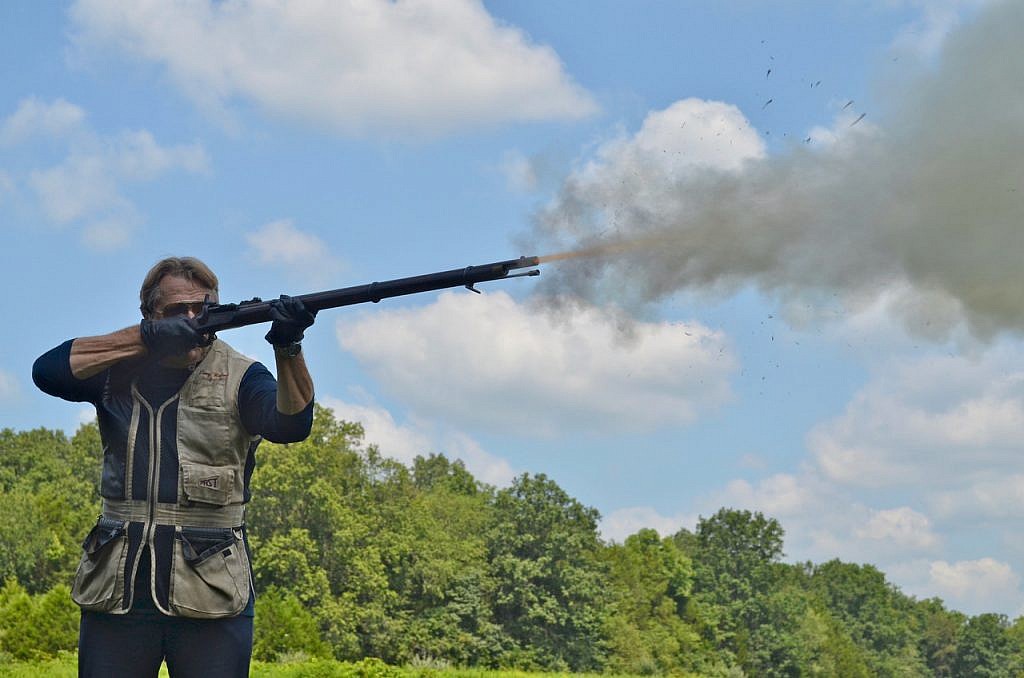
by Terry Wieland
When I was but a boy, when dragons roamed the Earth amid smoky tendrils from brooding volcanoes, it was an article of faith that a lad’s first gun should be a single-shot. Rifle or shotgun, it didn’t really matter. The single-shot, ’twas thought, would teach us to be careful with our ammunition and pick our shots, since laying down a field of fire would be difficult.
I should add right now, in the interests of sexual bipartisanship, that the same rule applied to lassies as to lads, although I cannot remember a single lassie clamoring for a gun at the age of ten, or attending a hunter safety class at the age of 14. Maybe I wasn’t looking.
At the time, the semiauto in all its myriad and often regrettable forms was the “coming thing” in shooting. Take .22s: Quality .22 single-shots were becoming scarce as Democrats in the NRA, lever actions were falling by the wayside, pumps were barely hanging on, and every company, foreign and domestic, tripped over itself to design a new .22 semiauto, preferably one looking like a refugee from Star Wars. (In fact, Star Wars was still a decade away, but Star Trek was not notable for its firearms, and who today remembers Flash Gordon, a dashing lad who truly made the ray gun fashionable, but was replete with sexual and racial stereotypes?)
The situation with .22s is no better today than it was then, and that applies generally to single-shot shotguns and centerfire rifles as well. The only way to get a good one, it seems, is to have one custom-built or buy used. Since most teenagers can’t afford the roughly three grand it would cost to build a solid custom Stevens or Low Wall .22, that’s pretty much a lost cause. As for the used market, anything good goes for “collector” prices.
Still, it’s worth looking, and for several good reasons.

This morning, I was reading a book about the royal gun collection at Sandringham, which noted that three kings of England learned to shoot with the very same muzzleloading shotgun — a 28-bore with a single 19.5-inch barrel, made by Westley Richards, weighing exactly two pounds, eight ounces. The gun was a gift from Queen Victoria’s consort, Prince Albert, to their son Albert Edward (later King Edward VII). The date is hazy, but it was around 1850. The Prince of Wales learned to shoot with it, and became an enthusiastic (if not great) shot. The gun was passed on to his son, who became King George V — noted as one of the finest game shots in England — and to his son, King George VI.
Between 1850 and the death of King George V in 1936, the muzzleloader was superseded by breechloaders, first with hammers, later without, and the invention of the pump gun, the semiauto, and even the machinegun. Black powder gave way to smokeless. But the royal gamekeepers who were usually entrusted with teaching princes how to shoot stuck to the percussion muzzleloader.
First, it teaches how to load and fire, step by step, and demands careful cleaning and maintenance. Second, it slows everything down, effectively voiding any juvenile desire to scatter lead about the countryside with wild abandon. Third, it teaches the shooter how the gun works, and why it behaves as it does. And finally, after all that work, with only one shot available, it forces the shooter to pick his spots, shoot carefully, and make it count.
Even earlier, I found that, after the percussion system began displacing flintlocks around 1820, many gentlemen insisted on their offspring learning to shoot a flintlock, and for similar reasons.
Particularly in Scotland and the rainy northern shires of England, a day’s shooting had to be followed the next morning by several hours in the gun room, dismantling, cleaning, oiling, and reassembling guns and rifles, to head off rust and corrosion. Contrary to popular belief, most shooters did not have gamekeepers and loaders to do this for them. If the number of memoirs with titles like In the Gun Room are anything to go by, even dukes and marquesses found this to be an immensely enjoyable activity. Throw in a snooker table, a sideboard with a decanter of whisky, and some good cigars, and time in the gun room was something to look forward to.
In my own case, my boyhood gun room was my bedroom, but I still remember locking myself away on rainy days, with the delicious scent of Hoppe’s No. 9, carefully cleaning and oiling my Cooey bolt-action .22, and Ivor Johnson break-action 12 gauge. It was an essential part of shooting, and highly educational — far more than Grade 12 trigonometry.
______________________________________________________________________________
Our shooting editor no longer has either the Cooey or the Iver Johnson, but hosts a bevy of fine single-shots in their place. And a gallon of Hoppe’s No. 9.
